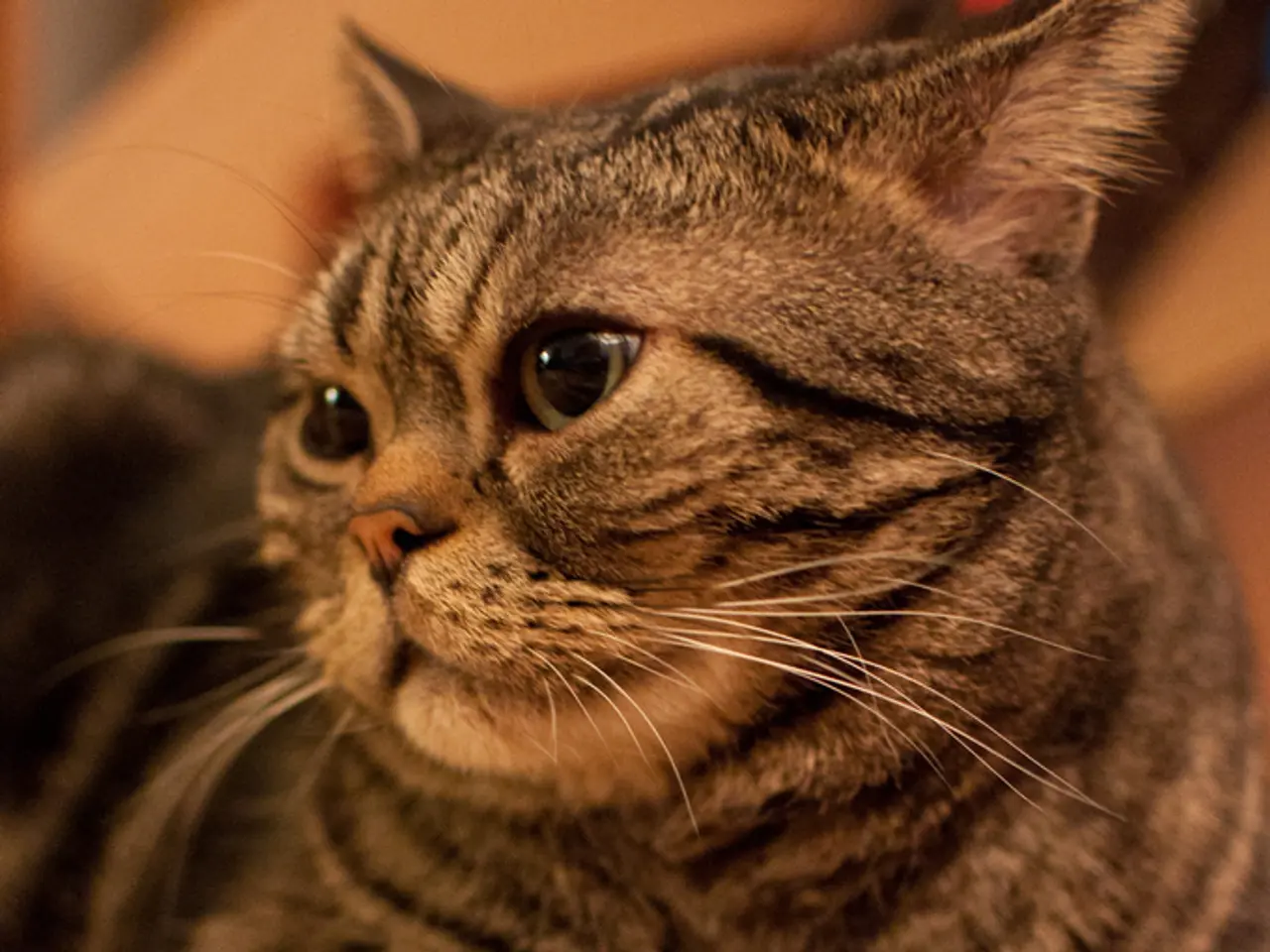Cat Hair Loss: Reasons and Solutions for Your Feline Friend
Alopecia, the loss of fur in cats, can manifest as bald spots or thin, patchy fur. This condition can affect various areas of a cat's body, such as the ears, head/face, back/sides, belly/stomach, legs, and tail, each area potentially having different underlying causes.
Common Causes of Alopecia in Cats
Parasites
Parasites like fleas, mites (including ear mites and mange-causing mites) can lead to itching and irritation, resulting in hair loss.
Overgrooming (Psychogenic alopecia)
Stress or anxiety, often triggered by changes in environment or routine, can cause cats to lick or chew their fur excessively, leading to overgrooming and subsequent hair loss.
Fungal Infections
Fungal infections, especially ringworm, create circular bald patches and scalp inflammation, contributing to hair loss.
Hormonal Imbalances
Hyperthyroidism, a condition in middle-aged or older cats, can cause hair thinning and loss, but it is uncommon in cats with this condition.
Allergies
Allergies, including flea allergy, food allergy, and environmental allergies, can cause itchy, inflamed skin and subsequent hair loss.
Nutritional Deficiencies
Poor diet affecting skin and coat health can result in hair loss and dull fur.
Genetic Conditions
Genetic conditions such as hereditary hypotrichosis or follicular dysplasia can cause abnormal hair follicle function and alopecia in certain breeds.
Other Causes
Autoimmune skin diseases, bacterial infections, dermatologic conditions, and sunburn (solar dermatitis) can also lead to alopecia.
Diagnosis and Treatment
Diagnosing the cause of cat hair loss involves a thorough examination by a veterinarian, bloodwork, urinalysis, skin scrapes, trichogram, cytology, Wood's lamp, fungal culture, and biopsy. Treatment for hair loss in cats involves addressing the underlying condition, such as flea allergy, food allergy, environmental allergies, mange like Demodex or Otodectes, ringworm, pain like arthritis or bladder inflammation, hyperthyroidism, and psychogenic alopecia.
Prevention
Preventing hair loss in cats includes using a prescription flea control product year-round and avoiding interactions with other cats if their health status is unknown.
Symptoms of Alopecia in Cats
Symptoms of alopecia in cats may include frequent grooming, redness of the skin, crusts on the skin, scaly skin, comedones, greasy skin or fur, scratches or mild bleeding of the skin, and itchiness.
Early veterinary attention is crucial when noticing differences in a cat's behavior to treat new conditions quickly and prevent hair loss in cats. If you notice any signs of alopecia in your cat, consult your veterinarian for a proper diagnosis and treatment plan.
[1] Vetstreet. (2021). Causes of Alopecia (Hair Loss) in Cats. [online] Available at: https://www.vetstreet.com/our-pet-experts/causes-of-alopecia-hair-loss-in-cats
[2] PetMD. (2021). Alopecia in Cats. [online] Available at: https://www.petmd.com/cat/conditions/skin/c_ct_alopecia
[3] Hillspet. (2021). Hair Loss in Cats. [online] Available at: https://www.hillspet.com/cat-care/health-care/hair-loss-in-cats
[4] ASPCA. (2021). Alopecia (Hair Loss) in Cats. [online] Available at: https://www.aspcapetinsurance.com/pet-health/alopecia-hair-loss-in-cats
[5] Pet Helpful. (2021). Alopecia in Cats. [online] Available at: https://www.pethelpful.com/Cats/Alopecia-in-Cats.aspx
- Adopting a balanced diet rich in essential vitamins and minerals, conducive to healthy skin and coat, may help prevent hair loss in cats by fostering skin-care and overall lifestyle.
- By incorporating a regular skincare routine consisting of gentle skin-care products and daily brushings, pet owners can potentially spot early signs of alopecia or other skin conditions, thereby improving their cat's health-and-wellness.




